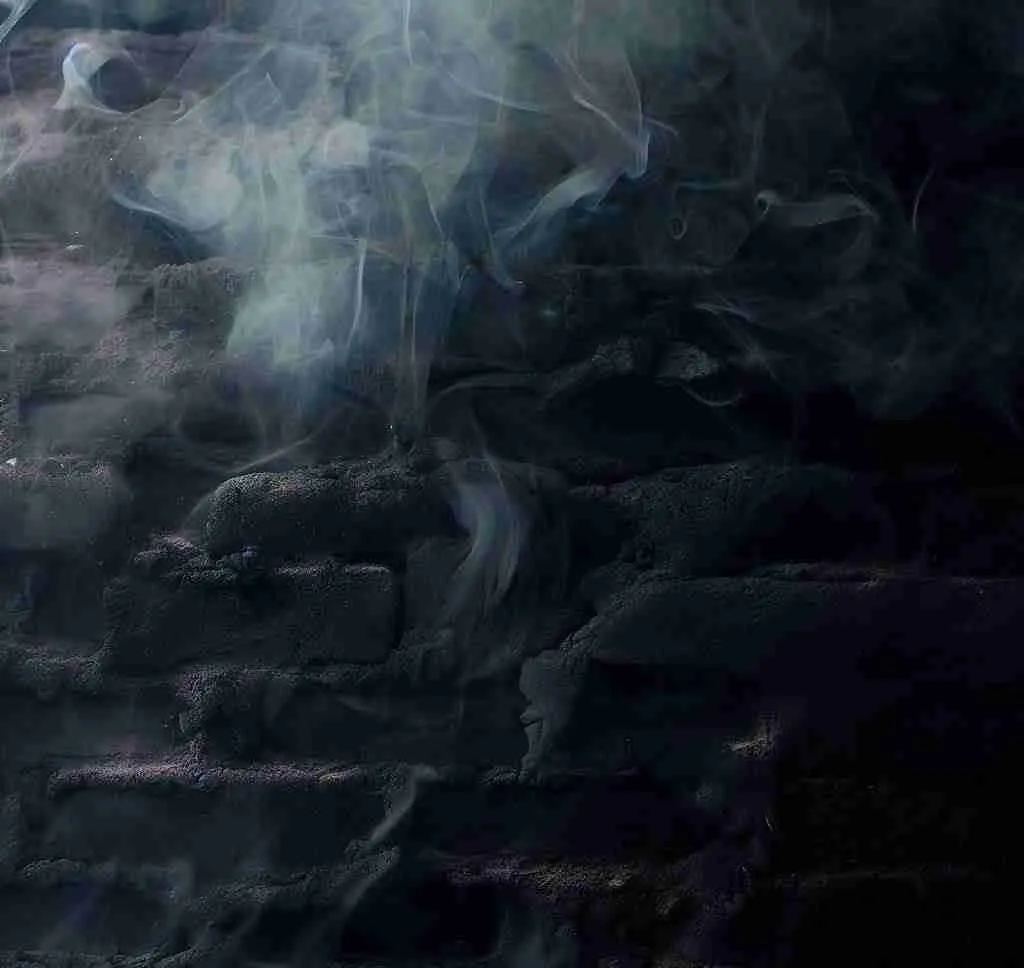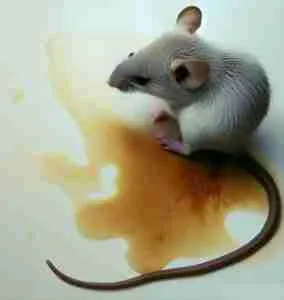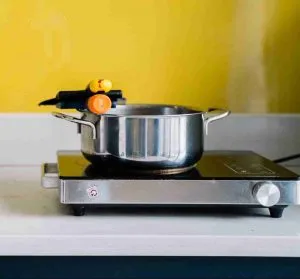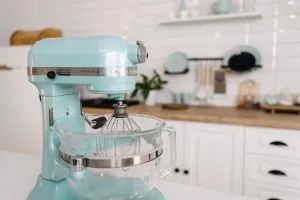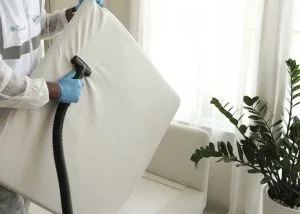Contents
ToggleKey Takeaway:
- Cleaning soot off walls is important for maintaining the appearance and safety of your home. Soot residue can be different from regular dirt and requires specialized cleaning techniques.
- Understanding the types of soot stains and whether they are wet or dry is crucial in choosing the appropriate cleaning method. This ensures effective removal without causing further damage to the walls.
- In addition to regular cleaning solutions, alternatives like trisodium phosphate can be used for stubborn soot stains. It is important to follow safety precautions, such as proper ventilation and protective gear, during the cleaning process.
Introduction
Dealing with soot on your walls isn’t just a matter of aesthetics—it’s a matter of health and home preservation. Cleaning soot off walls is a key step to keeping a home looking fresh and staying healthy. But there’s an art to it. It’s crucial to use the right approach to avoid inadvertently damaging your walls or leaving lingering soot particles behind.
By understanding the importance of this task and using the right cleaning techniques, you’ll not only restore your walls to their former glory, but also create a healthier living environment. After all, thorough cleaning can help fend off the potential respiratory issues that can come from accumulated soot. So, let’s roll up our sleeves and dive in, shall we?
Understanding Soot Residue
Cleaning soot isn’t quite the same as tackling everyday grime and dust. That’s because soot isn’t your average dirt – it’s a blend of tiny black or gray carbon particles, an unwelcome byproduct of incomplete combustion. It’s notorious for leaving behind hard-to-tackle stains on walls and other surfaces.
There are various types of soot, such as dry soot, oily soot, and protein-based soot, each needing a unique cleaning approach. Knowing these nuances is key to picking the right method and products to ensure efficient stain removal, without causing additional damage.
- Dry soot can be treated with a simple light vacuuming or dry sponge cleaning to avoid the dreaded smear marks.
- Oily soot demands a more rigorous approach, often needing a degreaser or a blend of warm water and mild detergent.
- Protein-based soot, a common souvenir of kitchen fires, calls for enzyme-based cleaners or a mix of warm water and vinegar. Regardless of your cleaning products, always follow the manufacturer’s instructions and test it on a small hidden spot before going all in.
On a serious note, remember that soot can contain harmful chemicals and toxins. So, don’t forget your armor: protective gloves, a mask, and keep the area well-ventilated to prevent inhaling any nasty particles.
Pro Tip: When embarking on your soot-cleaning mission, start from the top and work your way down. This helps to prevent streaks and smears. Use a clean cloth or sponge and embrace gentle, circular motions – an aggressive approach will only push the soot further into the surface.
Choosing the Right Cleaning Method
Nailing the perfect cleaning method for soot-stained walls involves two critical steps: deciphering the moisture content of the soot and picking out the right cleaning solution. Knowing whether the soot is wet or dry helps you navigate the cleaning process without causing any unintentional damage.
Just like you wouldn’t use dish soap to clean a car, it’s crucial to use a cleaning solution explicitly meant for the type of soot you’re up against. The wrong choice of cleaner can make the task futile, or worse, leave you with extra stains to deal with.
By accurately gauging the soot’s moisture level and pairing it with the right cleaning method, you can ensure a thorough and effective restoration of your soot-stained walls. Remember, it’s not just about cleaning – it’s about cleaning smart.
Additional Cleaning Solutions
Sweeping away stubborn soot stains from walls can be a bit of a hard slog. But worry not, there are tried-and-true solutions that make the job manageable. One of these is Trisodium Phosphate (TSP), a potent cleaner that doesn’t shy away from any soot stain. Keep in mind, TSP is a heavy-duty cleaner, so follow the manufacturer’s instructions to the letter.
If you prefer a more household-friendly solution, a mix of dish soap and warm water can do the trick. This duo works together to cut through the soot, making it easier to wipe away. However, it’s a good practice to do a patch test in an unseen corner before diving headfirst into the cleaning process.
Using tools like a sponge or scrub brush can give your cleaning effort a significant boost. Just remember to keep a gentle hand to avoid scraping away the paint or wallpaper.
For other cleaning challenges, such as removing pencil marks from walls, you may find different techniques and products more effective. Learn more about how to remove pencil from a wall.
Here’s a golden rule to keep in mind: always work your way down from the top while cleaning soot stains. This top-to-bottom approach helps to dodge streaking and ensures a more efficient cleaning process. Remember, the devil is in the details when it comes to cleaning soot off walls.
Safety Precautions
When cleaning soot off walls, ensuring safety is paramount. Proper ventilation, protective gear, and safeguarding furniture are crucial for a secure cleaning process.
- Proper Ventilation: Adequate airflow is essential to minimize the inhalation of soot particles and harmful chemicals present during cleaning.
- Protective Gear: Utilizing protective gear such as gloves, goggles, and masks helps shield against potential health hazards and skin irritation.
- Safeguarding Furniture: Taking precautionary measures to cover or move furniture prevents any damage or staining during the cleaning procedure.
- Avoid cross-contamination: To prevent spreading soot to clean areas, consider using separate tools and cleaning materials for each section.
- Dispose of waste safely: Properly handle and dispose of soot and cleaning materials to ensure a safe and hygienic environment.
Furthermore, it is vital to be mindful of unique details that may not have been covered in the previous points. By following these safety precautions, you can protect both yourself and your surroundings while effectively cleaning soot off walls.
Pro Tip: Always test cleaning solutions on a small, inconspicuous area of the wall before applying them to larger sections.
Conclusion
To prevent future soot stains, it is important to follow a few key steps. Here’s a breakdown of the process:
- Clean the walls using a dry sponge or vacuum cleaner to remove loose soot particles.
- Next, mix a mild detergent with warm water and use a sponge to gently scrub the affected areas.
- Rinse the walls with clean water and dry them thoroughly using a soft cloth or towel.
- To prevent future soot stains, consider installing an air purifier or using exhaust fans to reduce the amount of soot in the air.
In addition to these steps, there are a few additional details to keep in mind. Avoid using harsh cleaning chemicals that may damage the walls. It is also important to address the source of the soot, such as a malfunctioning fireplace or furnace, to prevent recurring stains.
Maintaining a clean and healthy home involves addressing various issues, from soot on walls to other common problems like mold on bathroom ceilings. To learn how to deal with mold, you can follow this guide on how to get rid of mold in the bathroom ceiling.
Pro Tip: Regularly dusting your walls and maintaining proper ventilation can help minimize the accumulation of soot and make future cleaning easier.
Five Facts About How to Clean Soot Off Walls:
- ✅ Soot particles require a tougher cleanup than average dirt marks. (Source: Team Research)
- ✅ Dry soot comes from high-heat, high-oxygen fires when natural materials burn, while wet soot comes from low-heat smoldering smoke from synthetics. (Source: Team Research)
- ✅ Dry soot marks and porous surfaces can be cleaned with a dry cleaning sponge, while wet soot stains on walls require degreasers. (Source: Team Research)
- ✅ Soot cleaning methods depend on the surface material, with dry-cleaning methods suitable for brick, drywall, wood, and low-gloss painted surfaces, while wet methods work better on fixtures and non-porous surfaces. (Source: Team Research)
- ✅ Begin the soot removal process by protecting furniture, ventilating the space, vacuuming loose soot, dry cleaning soot stains, and then wet cleaning any remaining residue. (Source: Team Research)
FAQs about How To Clean Soot Off Walls
1. How do I remove soot residue from my walls?
To remove soot residue from walls, start by vacuuming loose particles with a high-powered vacuum cleaner. Then, choose the appropriate cleaning method based on the type of soot and surface. Dry soot can be cleaned with a dry cleaning sponge, while wet soot requires a wet cleaning solution.
2. What is the best method for cleaning wet soot off walls?
If you swipe your finger across a soot mark and it smears, you have wet soot. To clean wet soot off walls, use a wet cleaning solution. Dish soap mixed with warm water is a safe and effective option. Dip a cloth or cleaning sponge in the solution and gently wipe down the wall, rinsing the sponge frequently to avoid smearing the stain.
3. Can I use a dry cleaning sponge on all types of surfaces?
A dry cleaning sponge, also known as a soot sponge or chemical sponge, is safe to use on brick, drywall, unfinished wood, low-gloss painted surfaces, and other porous materials. It is ideal for removing dry soot powder without damaging the surface or spreading the stain.
4. What should I do to protect my furniture when cleaning soot off walls?
Before cleaning your soot-stained walls, remove any drapes, wall hangings, furniture, and houseplants from the room. Additionally, lay a protective drop cloth on the floor and any immovable furniture and appliances to prevent soot from migrating and causing further damage.
5. How can I ensure thorough soot removal when using a dry cleaning sponge?
When using a dry cleaning sponge, start at the ceiling or the top of the wall to prevent particles from falling onto clean surfaces. Wipe in downward strokes, avoiding a scrubbing motion that can drive soot into the surface. Continuously flip the sponge to a clean section or cut away a thin layer with a utility knife to expose fresh sponge material.
6. Are there any alternatives to dish soap for cleaning stubborn soot stains?
If dish soap doesn’t completely remove stubborn soot stains, you can try using trisodium phosphate (TSP) or other suitable degreasers. Mix TSP with fresh water in a 1:16 ratio to create an effective soot-cleaning solution. However, be sure to take proper safety precautions, such as wearing long rubber gloves, when working with hazardous substances like TSP.
Additional Reading
For more useful tips and tricks on cleaning and maintaining different parts of your home, consider reading the following articles:
- Cleaning a Cast Iron Frying Pan: Cast iron pans can be tricky to clean. This guide offers step-by-step instructions on how to properly clean and care for your cast iron frying pan.
- Transporting a Refrigerator: Do’s and Don’ts: If you need to move a refrigerator, there are specific steps you should take to do so safely. This article provides helpful advice on how to transport a refrigerator without damaging it or causing any safety issues.
- How to Deep Clean an Air Fryer: Air fryers can accumulate grime and grease over time. This guide provides detailed instructions on how to deep clean your air fryer for optimal performance.
- How to Clean a Tiled Kitchen Floor: A clean floor is a foundation of a clean house. Learn how to keep your tiled kitchen floor spotless with this useful article.
- What Pans Can Go in the Oven?: Not all pans are oven-safe. Before you ruin a good pan, read this article to find out which types of pans are suitable for oven use.

